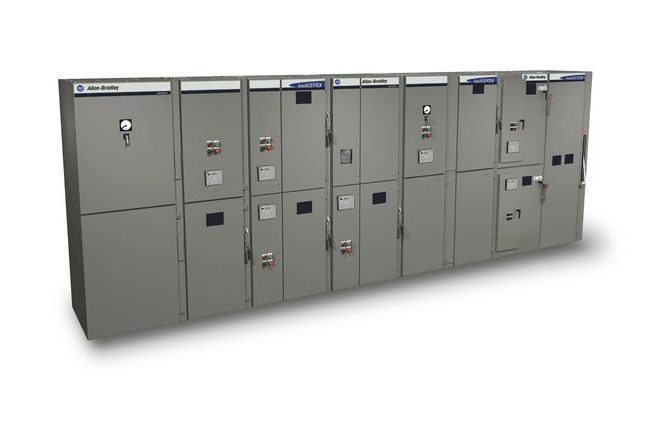Understanding variable speed drive motor control
By Rockwell Automation product manager of power control Andrew Hoch.
Variable speed drives are used on a wide variety of applications.
ADVERTISEMENT
The wide variety of applications means commissioning and maintenance engineers need to understand the positives and negatives and different motor control methods with variable speed drives.
Understanding the core differences in motor control methods may be the difference of a system starting or not. We discuss the basic concepts of motor control and use an example of a large mining conveyor where making some simple motor control changes enabled the application to successfully start.
Motor Control Modes
The information below provides an overview of these modes with the aim to help our customers understand the different modes available, what makes them different and when to use each mode.
Most variable speed drives on the market today base their motor control on the following modes.
V/Hz Motor Control
The most basic form of motor control. The drive outputs variable voltage and variable frequency following a curve similar to that below.
This motor control is generally used where multiple motors are connected to a single drive. This means motor control and torque are poor in this mode.
This mode has the lowest starting torque and poorest torque step response and this mode always will run without an encoder.
Use this mode on multiple motor applications like long travel, slew applications, condenser fan, screens etc.
Sensorless Vector Motor Control
Sensorless Vector is our default motor control mode and is V/Hz motor control with some improvements.
The drive utilises a model to better understand motor circuit characteristics and estimates torque. This leads to good all round motor control. It is robust, easy to use and runs on most applications without an auto-tune. However auto-tuning will yield best results.
It typically runs with no encoder feedback.
Use this mode on pumps and fans and most applications with single motors.
Flux Vector Motor Control
Flux Vector is a premium motor control mode and is different in that the drive independently controls the flux and torque current vectors in the motor.
The drive utilises a model to better understand motor circuit characteristics and estimates torque along with providing speed feedback to the drive.
Speed feedback in most applications can be open loop (without an encoder).
This leads to excellent motor control, the best starting torque and best torque step response. It is highly recommended to auto-tune the motor.
Use this mode on conveyors, crushers, hoists and applications with very high torque requirements.
Stalling Conveyor Example
Stalling conveyors are a common problem. This typically occurs when a conveyor becomes bogged, or, when sites are trying to increase the throughput of existing equipment.
- 200 kW Heavy Duty Conveyor drive.
- Motor is 160 kW.
- Purple Trend shows drive speed.
- Green Trend shows drive current.
-
ADVERTISEMENT
-
ADVERTISEMENT


